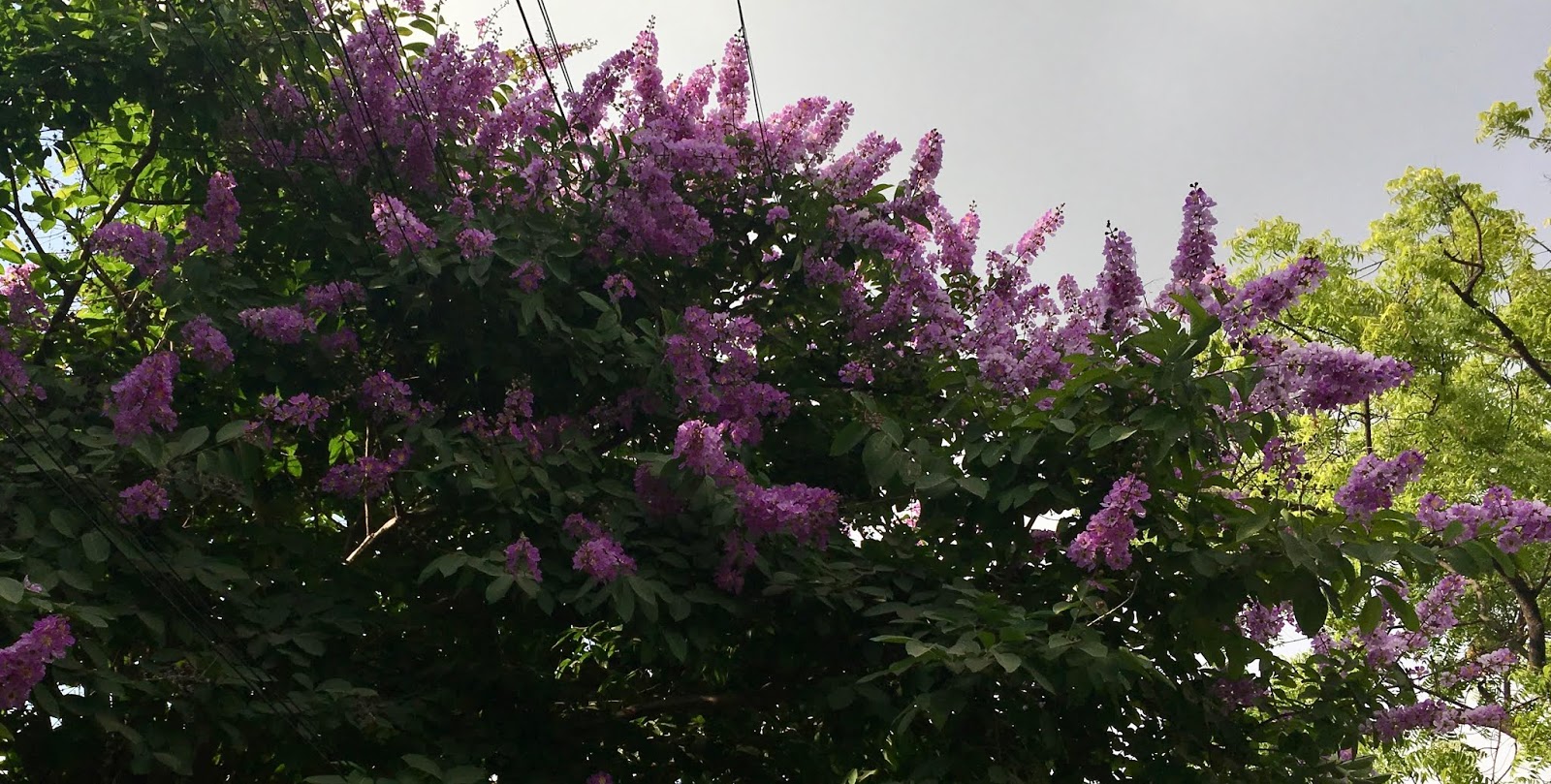As children, many of us hated one vegetable with particular passion and greeted its appearance on the menu with exaggerated distaste. I reserved this treatment for the slender drumstick. The sight of the chewed-out sheath piling up by people’s plates, when they are done with the pulp within, grosses me out to this day. Some cooks use a fistful of drumstick leaves to flavour the lentil-rich adai. Others capture the characteristic aroma of these sprigs in clarified butter – a delicacy I haven’t thought about in a long time now.
But at an international conference in Boston, which I call home now, a Red Cross volunteer spoke of a “miracle tree”, which could be a possible solution to malnutrition in poor, tropical countries. Ounce for ounce, this tree’s leaves contain more beta-carotene than carrots, more calcium than milk, more iron than spinach, more Vitamin C than oranges, and more potassium than bananas, the slide read. The protein content is comparable to that of milk and eggs, it further proclaimed. It dawned on me that la moringa, whose virtues the speaker was recounting in French, was none other than our scrawny drumstick tree.
The scientific name Moringa oleifera comes from the Sinhalese word for drumstick. A dozen other species native to parts of Asia and Africa belong to this same plant family. “But typically their leaves taste rank or cabbage-like, and some varieties are simply obscure,” an evolutionary biologist tells me. In Mexico, he encountered the moringa once again. Here, the drumstick is an unknown culinary entity, but the fern-like foliage makes the tree an ornamental. “Perhaps it arrived long ago via the Philippines – where the vegetable is popularly known as Mulunggay – when Spanish galleons sailed between Manila and Acapulco,” the researcher surmises.
From research literature, I learn a number of facts about this tree, a familiar sight in Chennai. The moringa is drought-resistant and thrives in soils considered unfit for any cultivation. Both the leaves and the pods are edible, which makes it a good food crop. The seeds yield edible oil that can be used as a bio-fuel. The residue of the ground seed can purify turbid water. Typically, gardeners prune the moringa once a year to keep the produce within arm’s reach. Because of its soft wood, timber is the one thing this low-maintenance tree is not good for.
There is no zeal, they say, like the zeal of the new convert. I asked my parents to plant amoringa in their compound in Chennai, so that I can have a fresh supply of the greens when I visit them. They responded with an instant ‘no’, saying that it will attract the kambli-poochi.They don’t know the English equivalent of the name, but I guess that it is just a very hungry caterpillar. I was skeptical of this furry creature. Even its name seems made up.
Soon, Nancy Gandhi, a long-time resident of the city, also wrote saying that she once had to cut down her a moringa because it became infested with the kambli-poochi. When an American, albeit a naturalised Chennaiite now, mentions the dreaded pest with the funny name, I tend to believe her immediately. Still, I am certain that some veteran gardener would know a nifty solution to this problem.
Meanwhile, there was nothing left for me to do except write about the merits of the moringafor an international newspaper headquartered in Boston. In Chennai, my photographer, a middle-aged man, eagerly set out to find me a suitable image. As he roamed the streets on this mission, a helpful auto-driver asked him what he was looking for. The reply, “a pod-ladenmoringa tree,” earned him a smirk and knowing smiles from passers-by. These responses could have had something to do with the local belief that the moringa pod is an aphrodisiac.
There is no denying the moringa’s excellent nutritional profile, which is borne out by laboratory analysis, but there has been no clinical study to prove that the plant can combat malnutrition. Perhaps my article will get philanthropic foundations to fund such a study. I could save the world from hunger, I think grandiosely. And if I write about its supposed virility-enhancing qualities, some rhinos might be spared too. New England is no longer puritanical, but sneaking this last bit into the article might be hard.
One thing about my current home, however, will never change. The winters will always be brutally cold here. I simply can’t expect the hardy native of the tropics to survive in my Boston backyard. Frankly, I sometimes wonder how I manage this feat myself! Still, there is something I can do. I can write and spread the word about the dietary goodness of a tree whose produce I had done my best to avoid during my Indian childhood.
| 

















































